Music and Media: How Soundtracks Shape Our Experience

Music and media have always been together, each feeding into the other. From the early days of radio to the modern age of streaming, music has always been a key part of how we consume media. Music in media isn't just a soundtrack; it's a crucial element that enhances the storytelling and emotional punch of films, TV, and other digital content.
Quick Summary
In the evolving landscape of music in media, soundtracks significantly enhance storytelling and emotional engagement in films, TV, and digital content. Iconic scores like those in Star Wars and Inception illustrate music's role in shaping mood and reinforcing narratives. Furthermore, music triggers psychological responses that deepen the audience's emotional connection and aids in memory recall. As technology advances, music's integration in interactive media and streaming will expand, making ex
We can't overstate the importance of soundtracks. A good soundtrack can turn a good scene into an unforgettable one, leaving a lasting impression on the audience. For example, the scores of films like "Star Wars" and "Inception" are as iconic as the visuals, showing how music is part of the whole film.
Music in Media
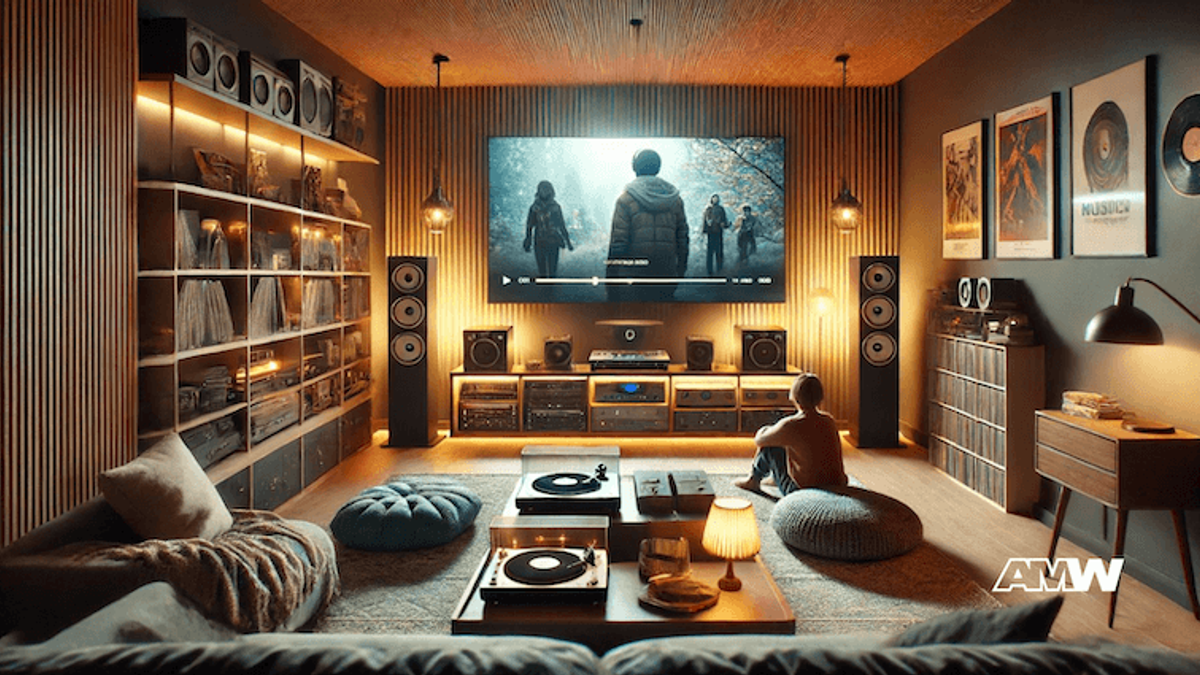
Setting the Mood
Music sets the emotional tone of a scene, guides the audience's emotional response and enhances the atmosphere. This is why different genres of music can change the way we perceive a scene.
Ready to Grow Your Business?
Get a free consultation and custom strategy tailored to your goals.
For example a suspenseful orchestral piece can create tension, a pop song can add fun and playfulness.
Storytelling

Music isn't just about setting the mood; it's also part of the storytelling. Composers use music to reinforce narrative elements, highlight key moments, and convey the emotional undertones of a scene. In many cases, the music becomes a character in its own right, driving the story forward and adding depth to the narrative.
Music in media is a constantly changing landscape that will continue to shape how we experience and understand different forms of entertainment. From setting the mood and atmosphere to storytelling, music in media is key to creating memorable and impactful experiences for the audience. As we move forward new technologies and platforms will only continue to change the way music and media intersect and that's exciting for everyone.
Psychological Impact of Music in Media
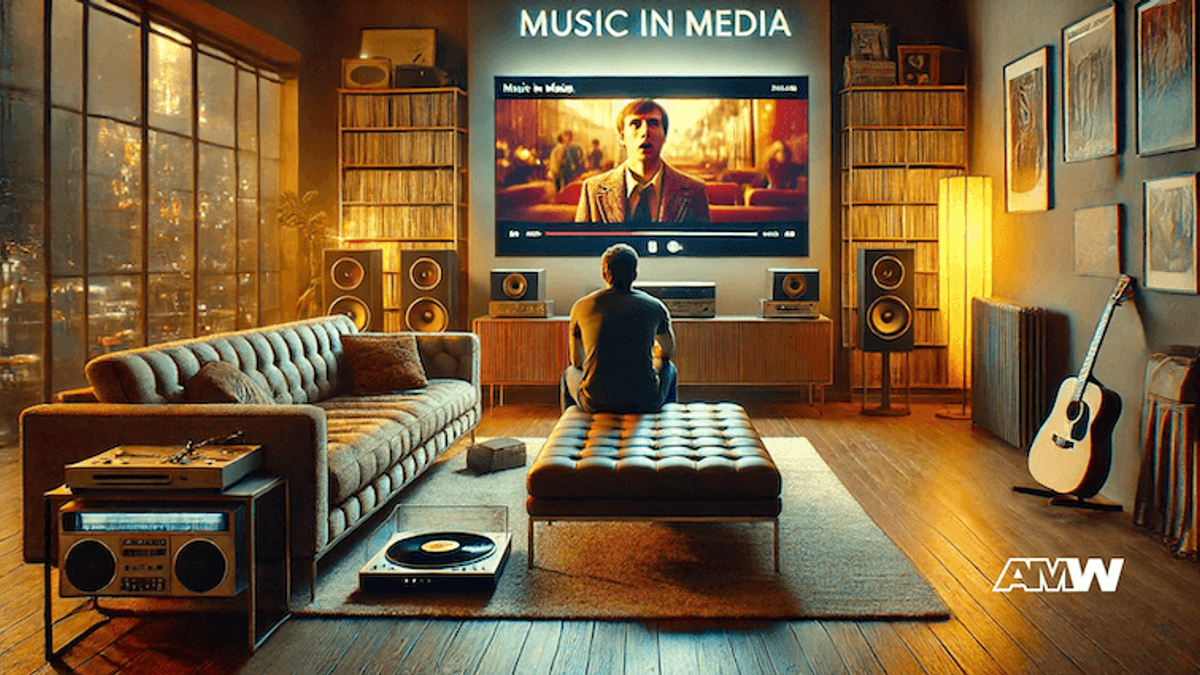
Emotional Engagement
Music in media affects viewers' emotions. This is because music triggers psychological mechanisms in our brains. Music simply makes us feel by stimulating the parts of the brain associated with mood, memory and emotional processing. When combined with visuals music adds depth to a scene and makes the audience's experience more intense.
How Music Affects Viewers' Emotions:
- Mood Induction: Music can induce a specific mood in the audience: happiness, sadness, tension, or excitement. For example, a slow minor-key piece can make us feel melancholy, and an upbeat major-key song can make us feel joy and energy.
- Emotional Resonance: Music adds emotional resonance to a scene by amplifying the emotions conveyed by the visuals and narrative. This creates a strong connection between the audience and the content.
- Physiological Responses: Music can trigger physiological responses like a racing heart, chills, or goosebumps, which are indicators of emotional arousal. These responses make scenes more memorable and impactful.
Memory and Recall
Music also helps with memory and recall of media content. The association of music with specific scenes or moments creates strong, lasting impressions that help us remember the content more clearly.
The Role of Music in Memory and Recall:
- Associative Learning: When music is combined with visuals and narrative, it creates associative links in the brain. These links help us recall scenes more easily when we hear the associated music.
- Repetition and Familiarity: Familiar music or recurring themes within a media production reinforce memory through repetition. This makes key themes or moments more memorable.
- Emotional Memory: Music's ability to make us feel can enhance the encoding of memories, making emotionally charged scenes more likely to be remembered.
Technical Aspects of Music Integration
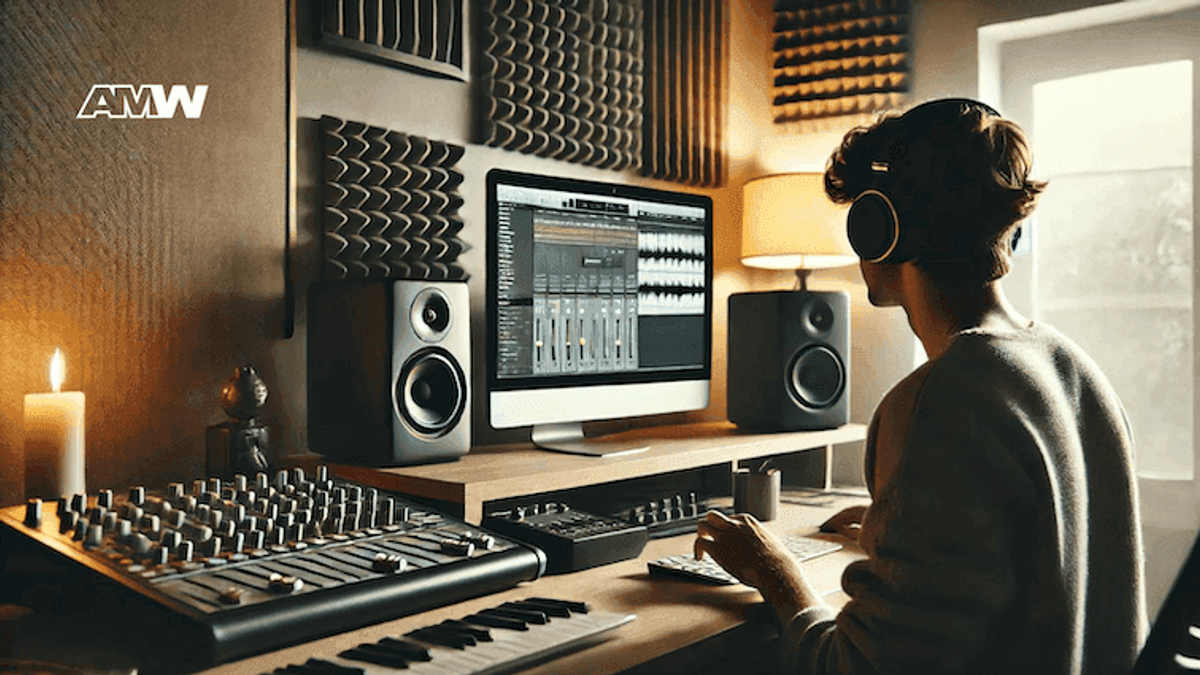
Sound Design and Editing
Music integration into media productions requires sound design and editing. Sound designers and music supervisors are key to making sure music works with the visuals and narrative.
The Process:
- Selection: Choosing the music that fits the director's vision and the tone of the project.
- Placement: Where and how to place the music in the media to make it work for the story.
- Mixing: Music vs dialogue and sound effects to make it clear and impactful.
Sound Designers and Music Supervisors:
- Sound Designers: They create and edit audio elements to make the media sound better. This includes music, sound effects, and ambient sounds.
- Music Supervisors: They select and license music, making sure the chosen tracks fit the artistic and budget requirements of the project.
Synchronization and Timing
Synchronization and timing is key to music and visuals. Proper synchronization means music enhances not distracts from the story.
Timing:
- Emotional Pacing: Timing music to the emotional pacing of a scene can make it more impactful. For example, a crescendo in the music can hit on a dramatic reveal.
Ready to Grow Your Business?
Get a free consultation and custom strategy tailored to your goals.
- Rhythm and Flow: Matching the rhythm of the music to the action on screen creates a smooth flow for the viewer.
Methods to Synchronize Music:
- Cue Sheets: Detailed documents that outline the timing and placement of music cues in the media.
- Spotting Sessions: Collaborative sessions where the director, composer, and music supervisor decide where music goes and how it works with the visuals.
Cultural and Commercial Impact
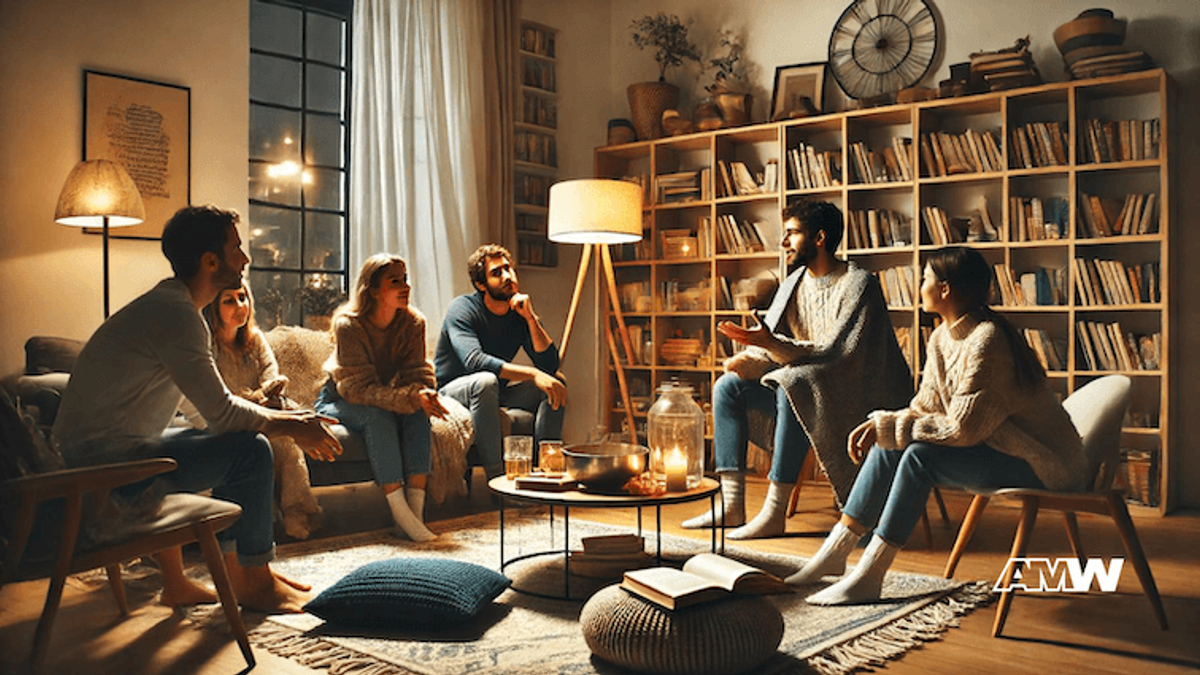
Shaping Cultural Trends
Music in media influences cultural trends and popular culture. The music-media-culture connection is evident in how songs and soundtracks become cultural references.
How Music in Media Influences Cultural Trends:
- Cultural Adoption: Music from films, TV shows, and other media can become part of the broader cultural landscape. For example, the "James Bond" theme is instantly recognizable and is part of global pop culture.
- Fashion and Lifestyle: Music in media can drive fashion and lifestyle trends. The rise of punk in the late 70s, heavily featured in media, also drove the fashion of the time.
Commercial and Marketing
Soundtracks can have a big impact on the commercial success of media projects. They become marketing tools that add to the overall appeal and reach of the media.
The Impact of Soundtracks on Commercial Success:
- Additional Revenue Streams: Successful soundtracks can generate big revenue from album sales, streaming, and music festivals.
- Marketing Synergy: Music can be a powerful marketing tool, creating buzz and anticipation for media releases. For example, a hit single before a movie can drive interest and box office.
- Branding and Identity: Iconic soundtracks become part of a media franchise's brand, keeping audience engagement long-term.
In summary, music in media is a complex and powerful part of entertainment that influences emotional engagement, memory, and cultural trends. As the digital world moves forward, the role of music in media will only get bigger, with more opportunities for innovation and connection between creators and audiences.
Conclusion
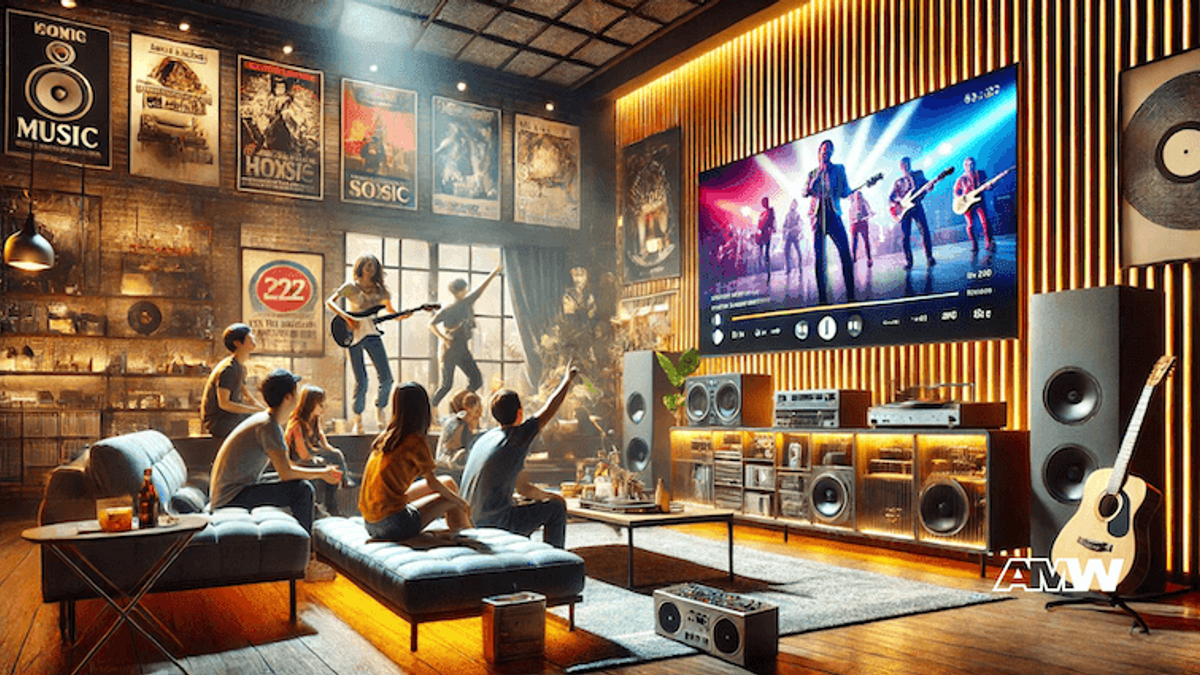
Music in Media Future
The future of music in media will be shaped by new trends and new technology. As we move further into the digital age music and media will continue to evolve.
New Trends in Music and Media:
- Interactive Media: With interactive media like virtual reality (VR) and augmented reality (AR), music's role in media is growing. Music can create immersive soundscapes that enhance the VR and AR experience, making it more engaging for the user.
- Streaming Services: Different platforms not only offer music but also integrate with other media forms like podcasts and video content, creating a multi-media experience.
- Personalization: Advances in artificial intelligence (AI) and machine learning are enabling more personalization of music. Streaming services can curate playlists based on user preferences, creating a deeper emotional connection between the listener and the media they consume.
Music in New Media Formats:
Ready to Grow Your Business?
Get a free consultation and custom strategy tailored to your goals.
- Podcasts and Digital Content: Music is becoming more important in podcasts and digital content. Background scores, intro/outro music, and sound effects help tell the story and keep the audience engaged.
- Video Games: Music is a key part of the gaming experience. Dynamic soundtracks that adapt to gameplay can create a more immersive and emotionally engaging experience for the player.
- Social Media and Short-Form Video: Platforms like TikTok and Instagram Reels have shown the strength of short-form videos. Music is key in these formats, driving trends and viral moments that can shape broader cultural trends.
As we move forward music and media will continue to evolve, more opportunities for creators and consumers. The ability to merge music with multiple media forms will make our experiences more immersive, emotional and memorable.
FAQ

What is music in media?
Music in media is the use of musical compositions, soundtracks, and scores in media like films, TV shows, commercials, and video games to add to the overall experience.
Where is music used in media?
Music is used in films, TV, commercials, video games, podcasts, and online content to set the mood, tell the story, and elicit an emotional response.
What is the role of music in media?
The role of music in media is to set the emotional tone, enhance the narrative, reinforce the theme, and create a memorable experience for the audience.
How does music relate to media?
Music relates to media by enhancing the story, setting the mood, and evoking an emotional response, creating a more immersive experience for the audience.
Is music part of the industry?
Yes, music is part of the industry, involved in the creation and success of multiple media forms.
What is music a medium?
Music can be a medium in itself and a part of other media like films, TV, and digital content.
How does media affect music?
Media affects music by providing a platform, shaping trends, and creating new opportunities for music and collaboration.
Why is music used in the media?
Music is used in the media because it adds emotional impact, helps tell the story and creates a more engaging and memorable experience for the audience.
In summary, the relationship between music and media will continue to evolve. Whether it's traditional formats like films and TV or new platforms like virtual reality and social media, music is a powerful tool that connects us to what we consume.

Ready to Grow Your Business?
Get a free consultation and custom strategy tailored to your goals.